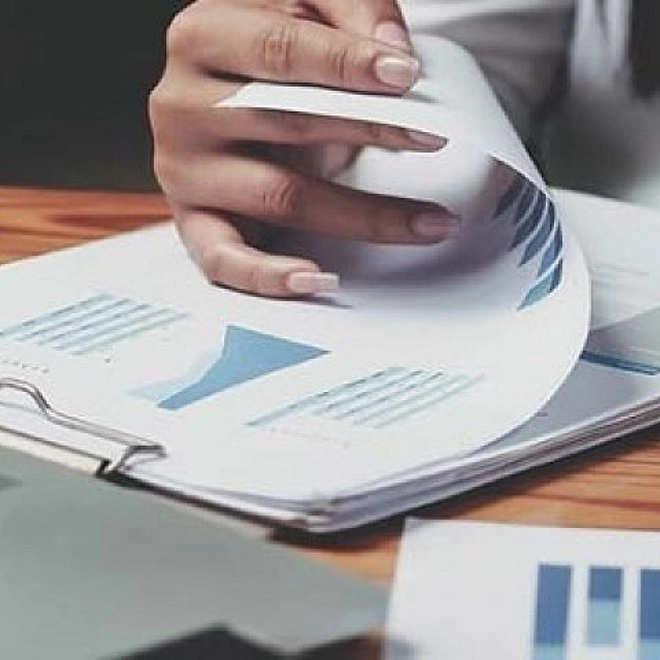Going digital
Tax Alert - March 2022
Issues papers set out the Inland Revenue’s initial views on a topic and request feedback from interested parties on the questions prompted by these views. They are intended to stimulate discussion and allow for the Inland Revenue to gain a better understanding of the practical concerns of taxpayers. The latest Issues Paper released by Inland Revenue is entitled Tax administration in a digital world, and essentially is some blue sky thinking about how the tax system can be further enhanced with the completion of Inland Revenue’s Business Transformation process.
Why go digital?
After the completion of the Business Transformation programme, the Inland Revenue is exploring how to utilise this modern administration system to expand the digitisation of the tax and social policy systems.
Tax administration is traditionally a sequential process, involving several paper-based steps that involve identification of taxpayers, transaction reporting, applying tax rules, calculating tax due, paying tax, audits and the enforcement and appeals process. However technology is moving fast, and business systems have moved away from paper and are becoming fully digital. This now makes digital the “natural system” for businesses. Inland Revenue sees that by businesses being fully digital, tax calculations can be embedded in accounting and transaction software, making tax a seamless and automated process, and therefore reducing compliance costs. Inland Revenue describes this as a paradigm shift for both taxpayers and tax administration.
- There are a number of potential benefits to digitising the tax system, including:
- Better compliance as compliance improves when paying tax is easy to do;
- Making it harder for taxpayers to get it wrong or manipulate data;
- Lower compliance costs, stress and risk for taxpayers;
- Lower administration costs for Inland Revenue; and
- Creating value throughout the economy through more efficient processes or providing a spur to innovation.
March 2022 Tax Alerts
- Tax Governance: How do NZ taxpayers stack up against Inland Revenue’s expectations and what are Inland Revenue doing next?
- A glance over the Tasman Sea for future GST compliance activity in NZ
- COVID-19 Support Payments Explained
- A New Zealand Income Insurance Scheme – What does this mean
- Going digital
- Fringe Benefit Tax season is coming – helpful tips and tricks to surviving Quarter Four FBT returns
- 10 Tax System Insights




